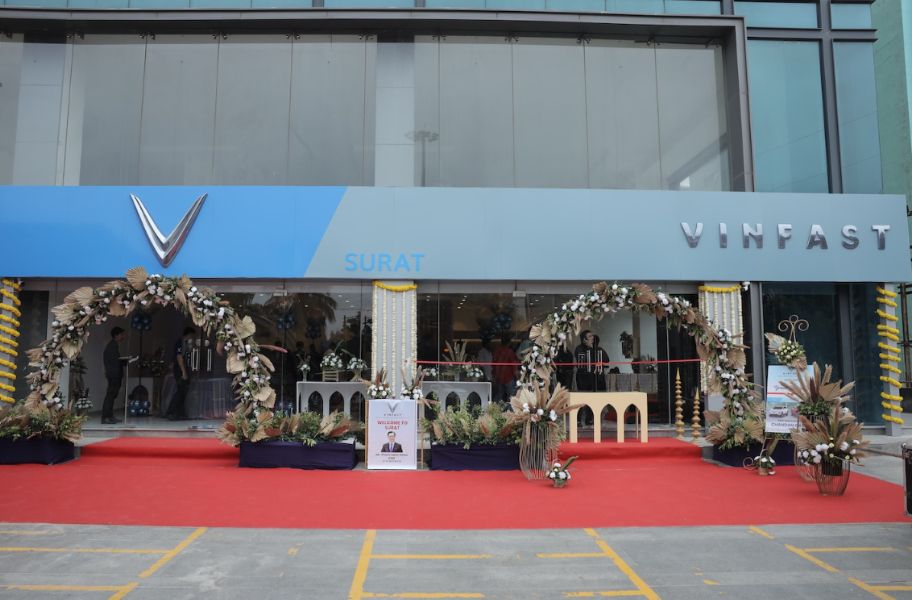The Tata Nano failed to sell, but is a perfect city runabout car. Its ergonomics is quite practical for its driver.
BHPian anjan_c2007 recently shared this with other enthusiasts.
More than five decades ago the late B J. Thomas crooned “raindrops keep falling on my head”. But during these modern times, apart from our heads, we are also concerned about raindrops falling on our car rooftops.
During the present times, apart from the monsoons, it rains and pours around the year in most parts of India including the Coastal, Himalayan, trans-Himalayan and Peninsular India belts. Hence, the design of our car’s rain channels/gutters be it either the drip edges or roof channels with mouldings atop the roof or any other effective design, is a very important part of car aesthetics for car buyers. These designs are not a make or break for our car choice, but matter a lot when we drive during rainy spells.
It is necessary to prevent water from dripping or flowing off the roofs in an uncontrolled manner for reasons like preventing drenching car occupants and also preventing uncontrolled ingress into unwarranted territories like the front and rear windscreens or window glasses.
A roof drip edge is a type of metal channel designed to regulate water from atop the car’s roof effectively. It is designed from the edge of the roof, beneath the roofing and overhangs the sides of the roof. The drip edge runs along a car’s windows and ends on the base of the roof alongside the A-pillar and maybe C or D pillars, depending on the car’s design. The bent channel-like design allows the drip edge to keep water flowing away from the roof. These were universal in almost all the older cars. As the roofs were mostly convex or bulbous at the top, these were the most effective and time-tested designs. Aerodynamics and the rising importance of the “CD” factor have eliminated these drip edges from car designs. A new Ferrari with such old-type drip edges will sulk with wind resistance. Hence, for such reasons, it’s only with the newer flat rooftops that carmakers commenced experimenting with newer, sometimes effective or sometimes flawed designs of roof channels.

The roof drip edge design on a Landmaster carried over to Ambassadors. It was common in our Standard Heralds and older models and also the Fiat 1100 variants and successors.
Most of the newer cars with flat roofs have two channels atop the roof on either side which are limited in dimension to only the rooftop. There are one/are two plastic mouldings alongside each channel. The rainwater is left at its mercy to drip from the front and rear windscreens, as the channel doesn’t continue alongside the A, C or D pillars till the base. Hence, during heavy rains, the wipers have to do their duties. And if the front window is open, with the wiper swiped to the right, rainwater often enters the driver’s cabin, as Maruti 800 drivers could have observed and sensed.

Another flawed design is of the Scorpio rooftop of its first three generations with the old bodyshell. The “God knows why” front sloping design, almost atop the B pillar on the roof is a major flaw. The roof height for the driver’s cabin is lesser, while the height faces a one-time increase from its B to C and D pillars. Mahindra could have presumed that the rear seat passengers would be six-plus footers as compared to the shorter ones up in the front seats. But then, their legroom is limited or even constrained on the backseat. Back to the topic, only the two grooves atop the roof are meant to regulate rainwater. Hence, rainwater gets a “free for all” and the irrational, towards the front, slope facilitates it to egress, flowing through the windscreen, sometimes like a small river during very heavy showers. Hence, the wipers must be perfect for Scorpios for safe driving.

The Scorpio rooftop – Mahindra’s ingenuity which affects drivers the most.
The Tata Nano failed to sell, but is a perfect city runabout car. Its ergonomics is quite practical for its driver. The single wiper on its windscreen helps a lot to combat the rainwater menace. The rooftop design is quite pragmatic, with its bulging channels atop, plus the two Maruti 800-like channels sans the plastic mouldings (Rs 1 lakh car, so cost-cutting) alongside the roof.

Tata Nano is among the most pragmatic of all newer designs.
We would like to hear from fellow members about such designs on their car rooftops, for regulating rainwater.
Check out BHPian comments for more insights and information.







